Visiting A Snake-skinned fruit in Sibetan Village
Today, I went to East Bali, to a village called Sibetan. It took about two and half hours from Denpasar, the capital city of Bali. Sibetan is popular in Bali because it is the center of salak farming. Salak is a type of fruit with skin that resembles snake or lizard skin. It is about the size of a pear and has a similar shape, but its skin is dark brown.
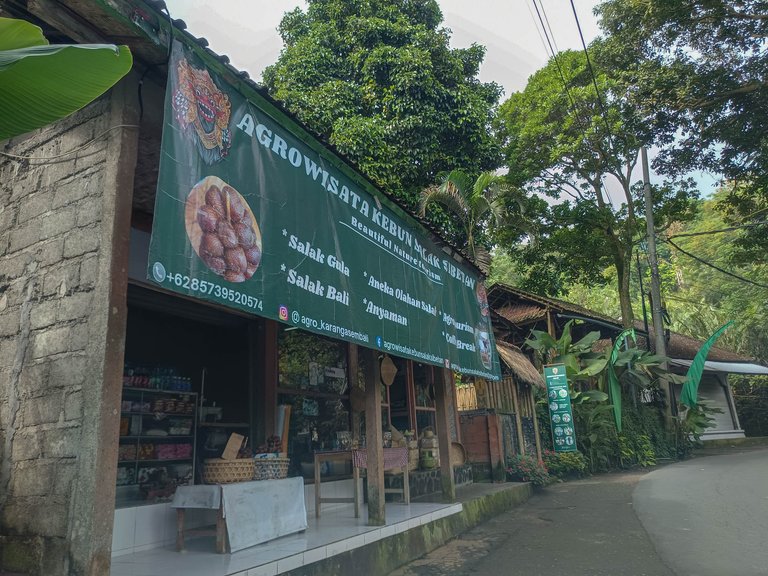 Sibetan village, where the salak farms are located
Sibetan village, where the salak farms are located
Upon arriving at one of the farms, I was greeted by a lady and her one-and-a-half-year-old baby. She was very happy to show me around her half-hectare salak plantation, which was located just behind her house.
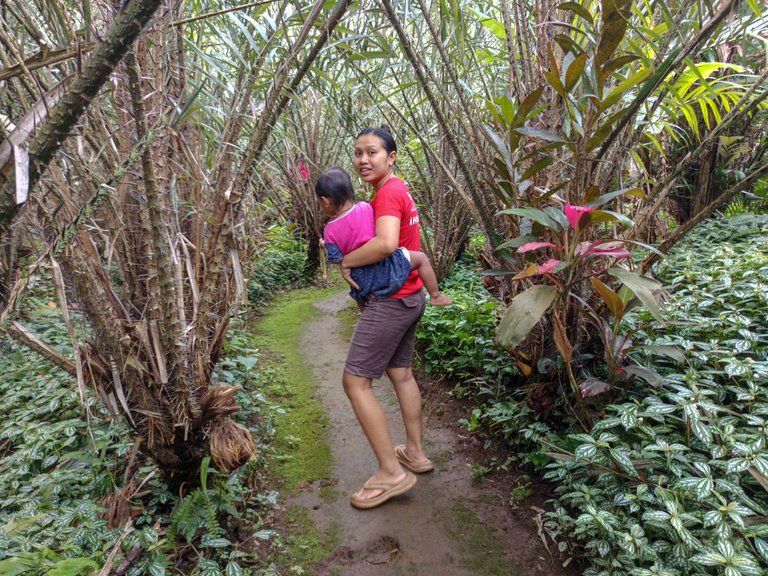 Ayu walked in the salak plantation
Ayu walked in the salak plantation
Her name was Ayu (a common Balinese name), and she carried her daughter as she walked through the salak garden. She pointed out that the salak was already ripe on the plants. According to her, there are two harvest seasons each year, in June and January. Since it was January, it was the salak season.
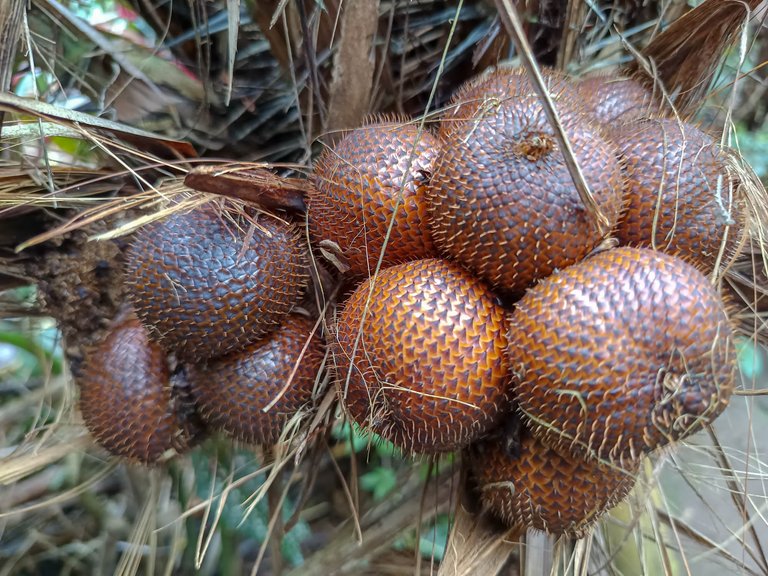 a bunch of salak on its plant
a bunch of salak on its plant
The salak plant has a lot of spikes on it. Its leaves resemble coconut leaves, but the plant itself does not grow into a tree. The fruit grows near the ground at the base of the plant. I asked Ayu when these plants were first planted. She didn’t remember because her father had planted them a long time ago, and they have been growing continuously without the need for replanting.
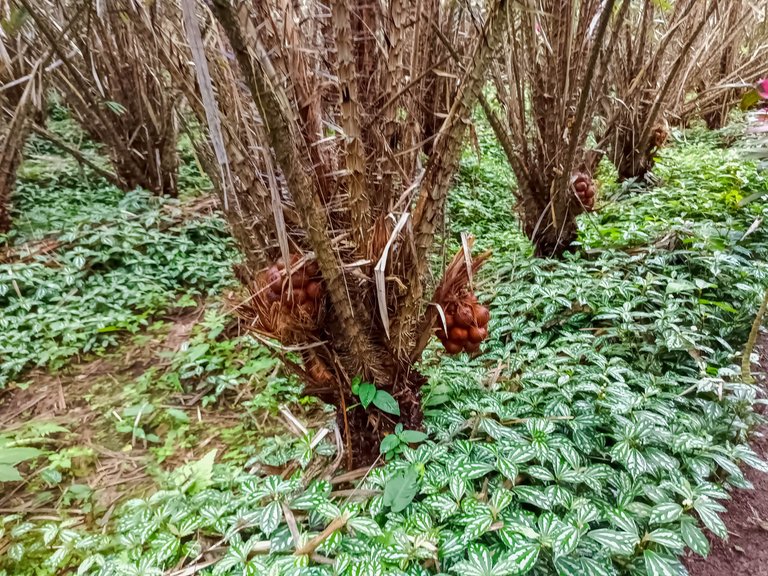 it was the harvest time for salak.
it was the harvest time for salak.
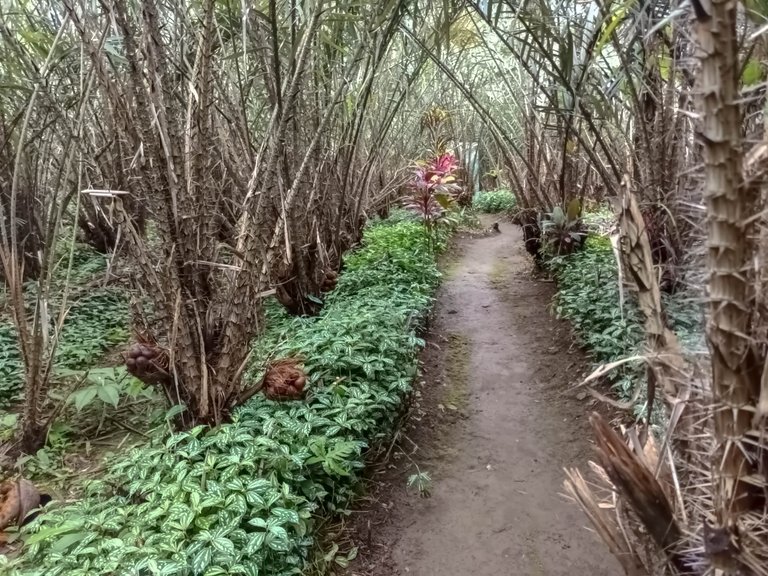
In the past, there was a problem during harvest time—when the village of Sibetan had an abundance of salak, the market price dropped significantly. Then, an Australian man introduced a way to preserve the fruit.
This was when the dehydrator was introduced. The salak is dehydrated to preserve it, then packed in plastic bags and sold around Bali. Besides that, they also make salak candy as another way to preserve the fruit.
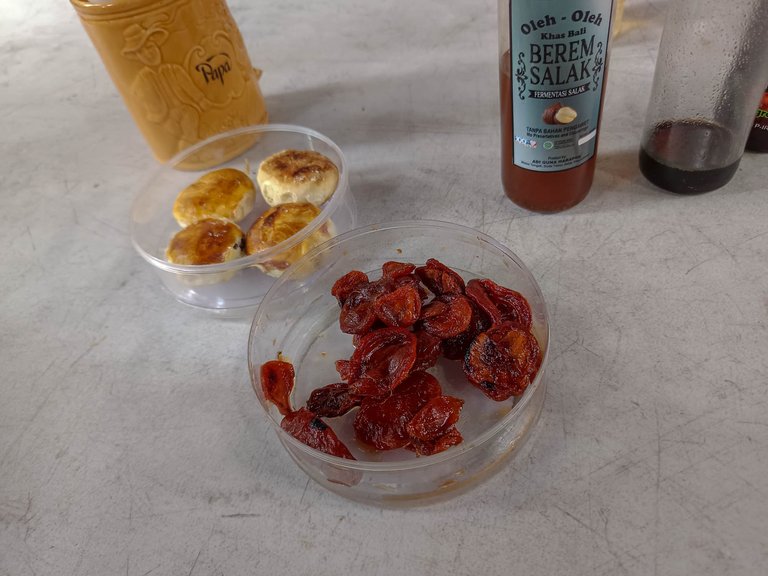 salak candy and cake
salak candy and cake
The local people also ferment salak for six months to make wine. Ayu showed me two kinds of salak wine—one with 2% alcohol and another with 35% alcohol.
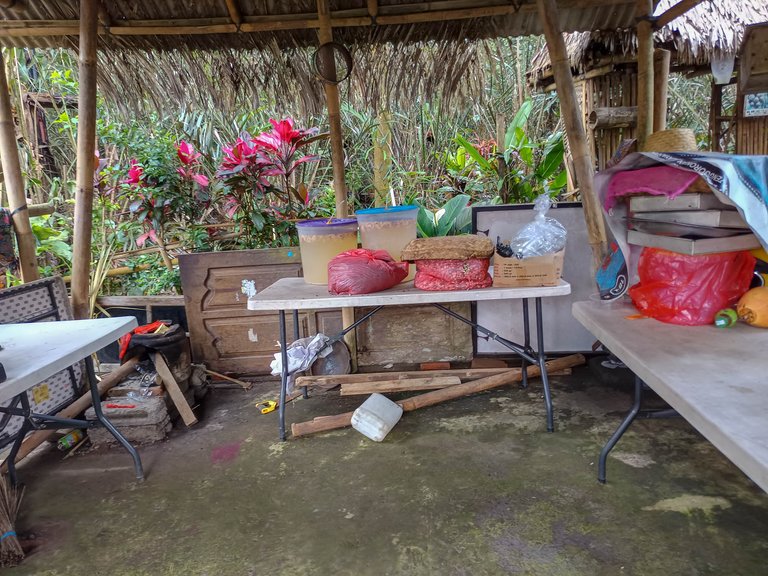 where salaks are fermented in plastic containers for six months
where salaks are fermented in plastic containers for six months
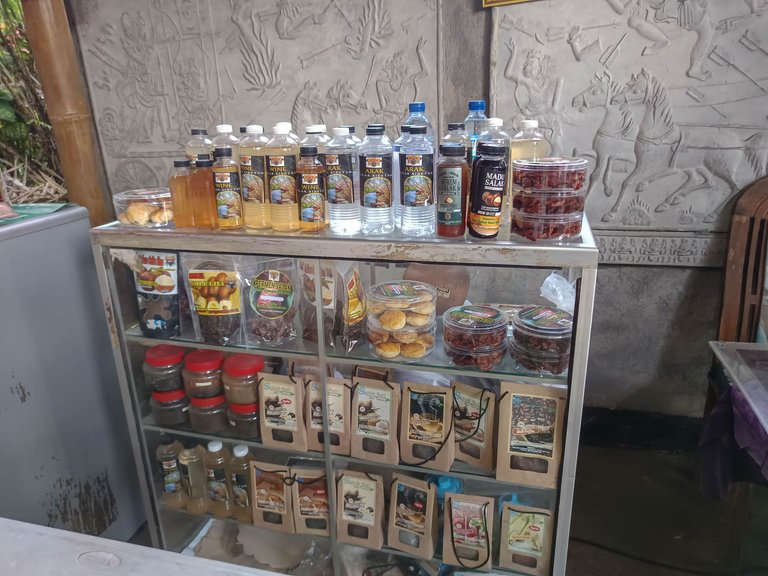
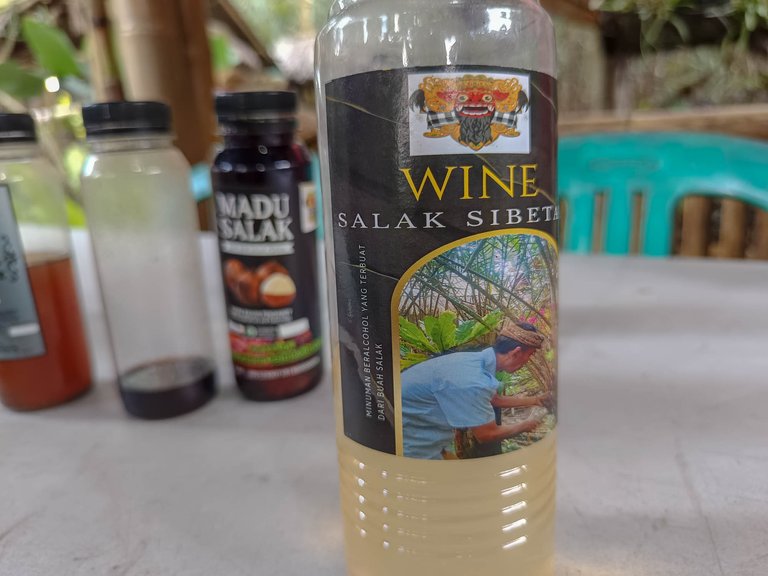 sample of 35 percent alcohol salak wine.
sample of 35 percent alcohol salak wine.
In the end, I bought a plastic bag of salak and thanked Ayu for explaining everything to me.
Note: salak is also known as snake-skinned fruit.
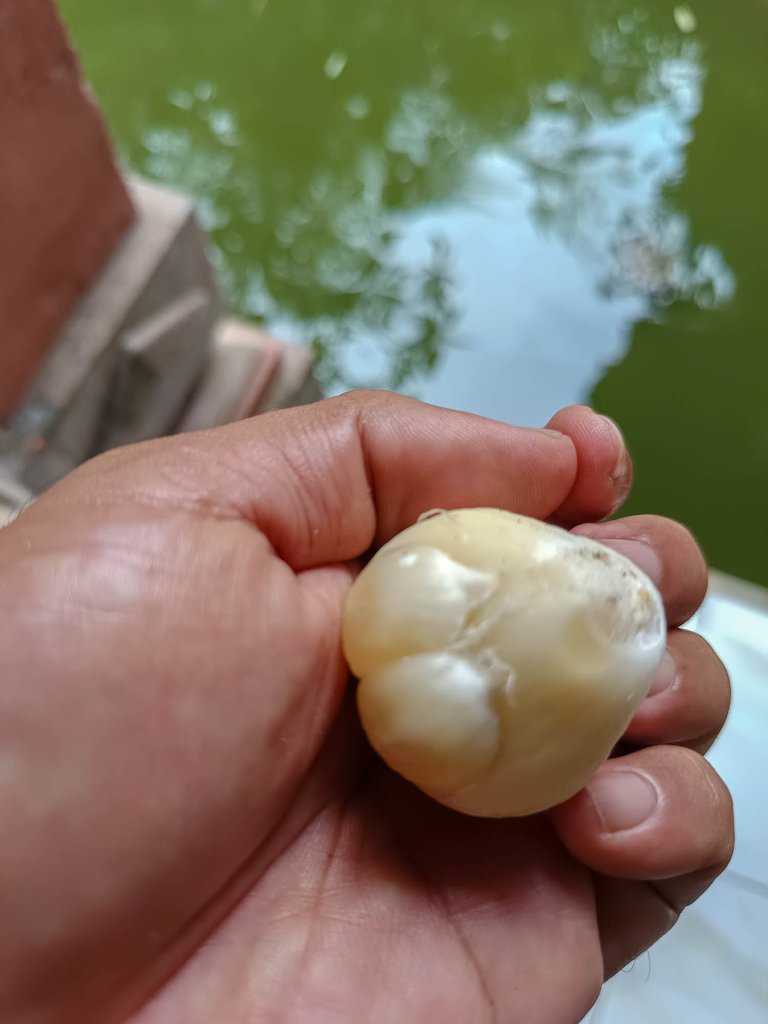 the salak fruit looks like garlic
the salak fruit looks like garlic

😊😂 Awwwwn hope ur journey went well and glad you had fun
Thank you. You too. enjoy your day
via Inbox
And you too sir please have fun
Looks interesting, but I am wondering, a taste of Salak fruit if eaten raw. Is it sweet, tangy or bitter. Since salak is also an ingredient for vinegar making aside from wine.
there two types, one that taste very sweet, other sweet and a little bit sour. but all are very delicious to eat.
via Inbox